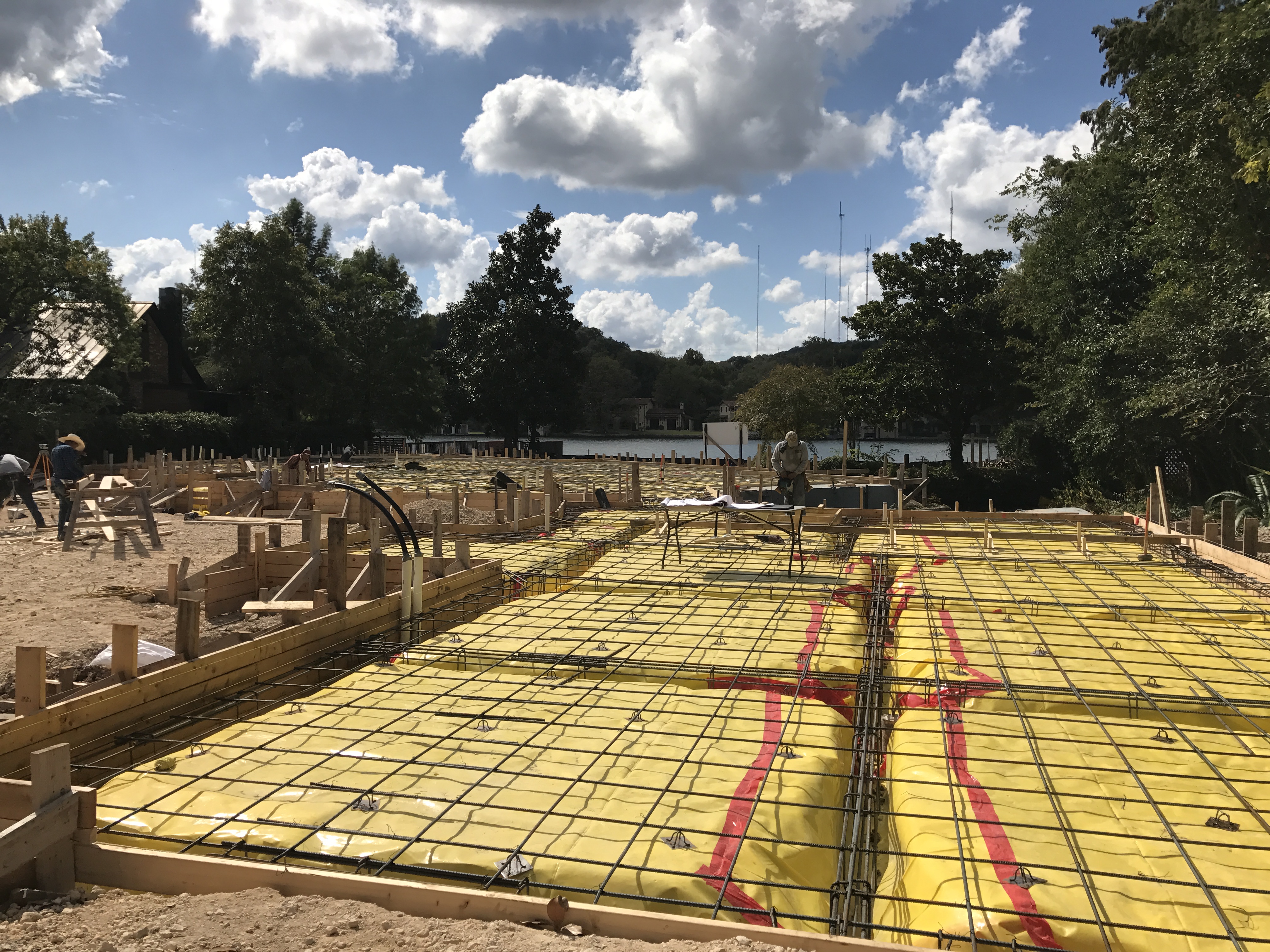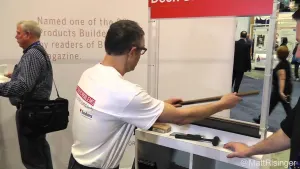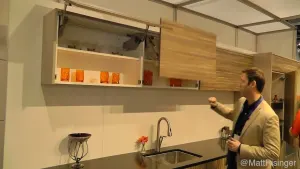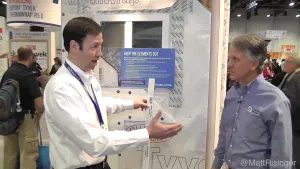The main purpose of a built structure is to keep the elements under control inside of a closed environment, creating a comfortable space to inhabit. Preventing moisture from building up inside walls not only keeps wall systems working efficiently, but also protects the integrity of the building system. Two major aspects of moisture mitigation systems are the vapor and air barriers. Let’s take a closer look at different air and vapor barrier systems and why they matter.
Keeping Moisture Transfer to a Minimum
As contractors, we create livable and element-controlled spaces for people through a building envelope, or the exterior wall and roof systems in a building. Systems need to act together to create a building envelop that keeps water, air, vapor (or moisture) under control. The result is a controlled thermal environment inside the building.
It would be simple if buildings were just comprised of walls and roofs without any openings, however, buildings are littered with penetrations (or envelope openings). From doors to roof vents, there are many types of infiltrations, which increases the chances of water and vapor from transferring through walls and building up pesky moisture that rots buildings from the inside out.
Water, Air, Vapor and Thermal
Water transfer into and out of buildings (aside from plumbing systems) is a threat to the integrity of a building. Air flow helps in this process by carrying small amounts of water vapor in the air from one room to another. Vapor can also be transferred from one space to another via diffusion. When water, air, and vapor travel throughout a space, they affect our ability to control the thermal properties of a room. In other words, if there are vapor and air transfer issues in a building, this directly affects how warm, cold, humid, and ultimately comfortable the spaces inside the building are.
Why Care About Moisture and Air Transfer?
A four-foot by eight-foot sheet of drywall installed on a wall with no penetrations or openings can transfer an average of a third of a quart of water across it in a given season. That’s about half of a small, plastic water bottle. If we cut a one-inch by one-inch hole in that wall, the amount of vapor that transfers over in a given season is roughly 30 quarts. That’s a lot of water coming into your building! Imagine multiplying that by all the openings in walls for fixtures, outlets, windows, doors, roof vents, and the list goes on. With all those openings, it’s easy to see why we need to protect our wall systems with proper barrier types.
Vapor Transfer via Diffusion
Here’s how diffusion works: Every material type has a different ability to allow micro-amounts of moisture to travel through the it. We often measure this permeability by a perm rating (commonly seen in vapor barriers). Moisture is attracted to areas from wet to dry, and as it travels to a drier area, the vapor can condense once it finds a colder surface to land on. This can be anything from the exterior of a wall to the cold side of your insulation. This vapor, or moisture, then builds up on the inside of walls, causing mold, rot, and various other issues. Vapor barriers, when used correctly, prevent diffusion from becoming an issue.
The Difference Between an Air Barrier and Vapor Barrier
In order to control air and vapor movement in a building, there are two primary types of barriers: air and vapor. Each barrier has a different composition and produces a different result.
Vapor Barriers
A vapor barrier typically refers to a material that is installed in a specific location (location will depend on the climate, see below) and designed to stop vapor transfer through walls via diffusion. A wall system should only have one vapor barrier. Vapor barriers don’t stop the flow of air through a wall.

A Stego Wrap Vapor Barrier
Air Barriers
An air barrier is installed to stop the air flow through a wall system. Examples include house wrap or WRBs, tightly sealed sheathing, taped and sealed gypsum board, and insulation. Air barriers do not stop the flow of vapor and you can have more than one air barrier system working together to stop air from leaking into and through walls.
Where to Install a Vapor Barrier
Vapor barriers are installed in different places depending on the climate. A good rule of thumb is to install the vapor barrier on the warm side of the wall, meaning you’ll have to think about the climate you’re building in. For hot environments such as deserts and tropical areas, you want the vapor barrier installed on the outside side of the insulation. When you do so, the hot vapor hits the vapor barrier as it tries to penetrate the wall, and the insulation on the cool side of the wall stays dry.
Alternatively, in colder climates like the northern U.S. or mountains, you’ll want the vapor barrier on the interior side of the insulation, where the air is typically warmer. Again, this prevents vapor from penetrating the wall and causing mold in the wall cavity.
So, what do you do about temperate climates? This is a rather tough area that requires some more thought. If the threat of extreme cold (such as snowstorms) is greater than that of extreme heat (like drought) then you’ll want to put the insulation on the warm side of the wall, or in this case on the inside. The main idea is to account for what the dominate climate determines.
It’s All in the Details
Aside from climate, your exterior wall type dictates how you will account for both air and vapor movement within your wall system. Be sure to fully understand your building envelope, in conjunction with your climate to determine the best air and vapor barrier types for your wall system.

Other options exist. For instance, The Carlisle CCW 705 Peel & Stick, a full water/air/vapor barrier on the outside of the framing.
Understanding how to build quality buildings requires you to not only analyze different materials and systems but also predict how those systems will be affected by the environment they live in. Keep moisture and air under control with a thoughtful building envelope system that responds to its environment.




 Share on facebook
Share on facebook Tweet
Tweet Email
Email Share on Linkedin
Share on Linkedin












